Fifteen years ago when I first started publishing The Martialist, I was a very different person. A lot has happened to me since then. I’ve trained a lot with everyone from traditional martial artists, knife “fighters,” and firearms instructors to reality based self-defense teachers (and even famous martial arts personalities). I’ve conducted what must be hundreds of hours of interviews with subject matter experts on the topic of survival, self-defense, martial arts, and fighting in general. I’ve written and ghost-written multiple books on the topic and edited many more. I’ve written more magazine articles I can count for publications centered on knives, firearms, and survival.
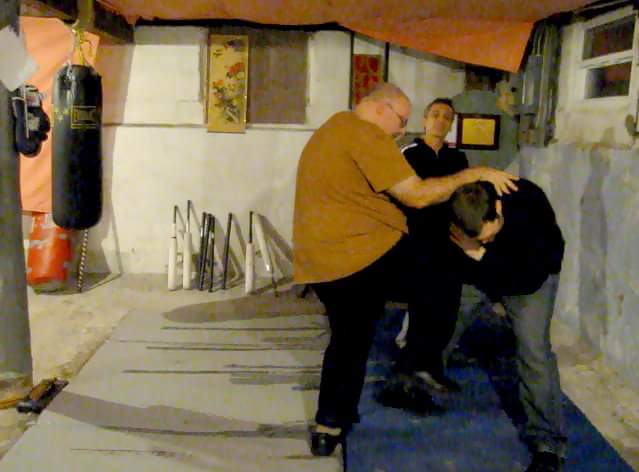
I’ve networked with countless people in the industry, reviewed a mountain of VHS (!) and DVD instructional courses, read an even bigger mountain of martial arts and self-defense textbooks, and generally enjoyed myself the entire time. Somewhere in there I earned an instructor certification in Willem Reeders’ system of silat and kuntao (Liu Seong Gung Fu).
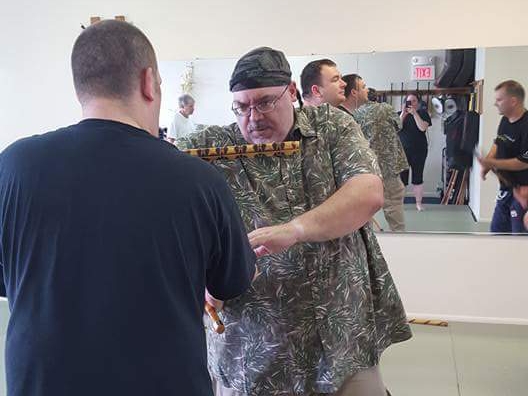
I’ve trained — legitimately, under instructors credentialed to offer that training — with knives, sticks, sai, nunchaku, and longer blades. I’ve trained in Karate, Aikido, Filipino Martial Arts (FMA), Kali/Arnis, WWII combatives, and Judo.
But I have never trained in MMA.
Which means I don’t know how to fight.
I know, because every MMA guy I’ve ever talked to was quick to tell me so. What’s funny about this is that until recently, when I had occasion to participate in a mixed martial arts discussion forum, I had forgotten all about the sportfighting vs. RBSD debate. These arguments were the bread and butter of The Martialist when it first began. I wrote a lot of things fifteen years ago that I would probably word differently now. I addressed certain issues back then that I would probably just ignore altogether, knowing what I know now. It was thus with a certain bemusement that I found myself confronted with quotes from those old articles, in the course of a rancorous debate on the MMA site.
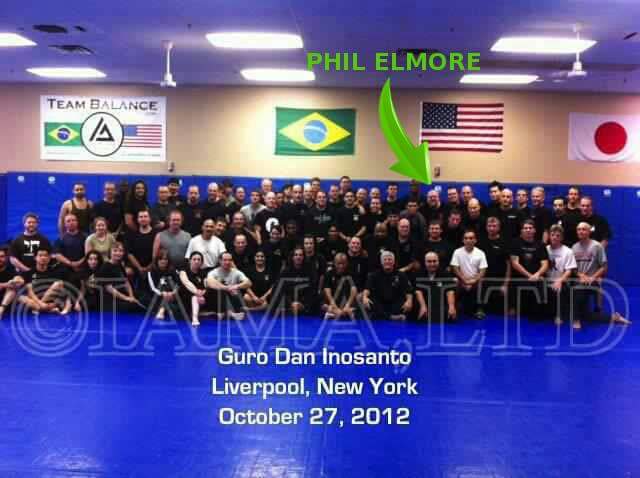
I love MMA. I went to Blockbuster video and rented VHS tapes of the earliest UFCs just so I could watch them. I have my favorite fighters and, while I’m no expert on the subject, I consider myself a casual fan. It’s the only sport I bother to follow, in fact, and the only one I regularly watch apart from local baseball. My problem with the sportfighting mentality and MMA as a concept, however, has always been when it is advocated primarily as self-defense training, or as the best way to train self-defense.
In years past I wrote extensively on what I called “the myth of pressure testing,” in that all self-defense training contains an element of theory. Unless you’re going out and getting into real altercations where your death or injury is a real possibility, it’s always a simulation. Some simulations are more realistic than others. All martial training is a balance among realistic contact, realistic resistance, actual learning of technique and method, and the safety of the trainee.
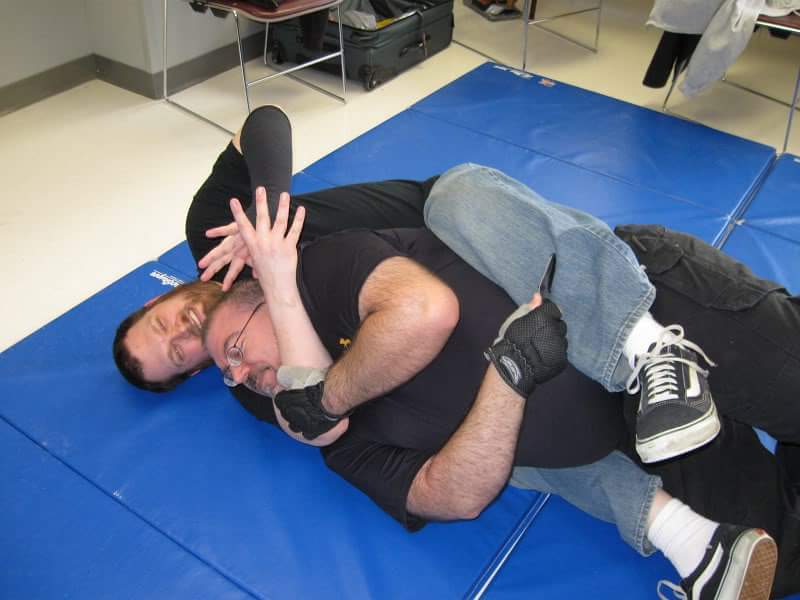
Unbalance any one of these factors and problems result, ranging from learning poorly (or not at all) to getting hurt so badly you can’t keep training. The sportfighting model sacrifices realism for resistance, discounting or dismissing real-life factors (up to and including the fact that Step 1: Become A Professional Athlete is an unworkable philosophy for many people). But it isn’t only sports that are a problem.
Coach Scott Sonnon offers the best explanation of both the debate and its solution that I’ve seen over the years. Years ago, he wrote,
Sport systems, say the combat systems adherents, are single, unarmed, and take place in a protected environment, whereas combat is plural, armed, and takes place in a hazardous environment. Sport systems adherents complain that often the techniques of combat systems are not proven in practical application, nor tested against resistance.
Both points of view are wrong, Sonnon says, because the two camps are both right. Combat systems offer reality to sports — and sports offer competition, trial against an uncooperative opponent, to combat systems. The two should be combined and integrated to yield effective training. To my mind, where that intersection occurs is adrenal stress scenario training and padded assailant scenario drills. It’s also found in the more “alive” reality based self-defense systems.
Where that correct approach to realistic self-defense training is not found, however, is in mainstream sports competition. It’s also not found in low- and no-contact traditional martial arts, in many moderate-contact traditional martial arts, and definitely not in tool-fixated shortcuts popular with the untrained (such as, “I’ll just buy a gun,” or even “I’ll just carry a knife without training to use it”).
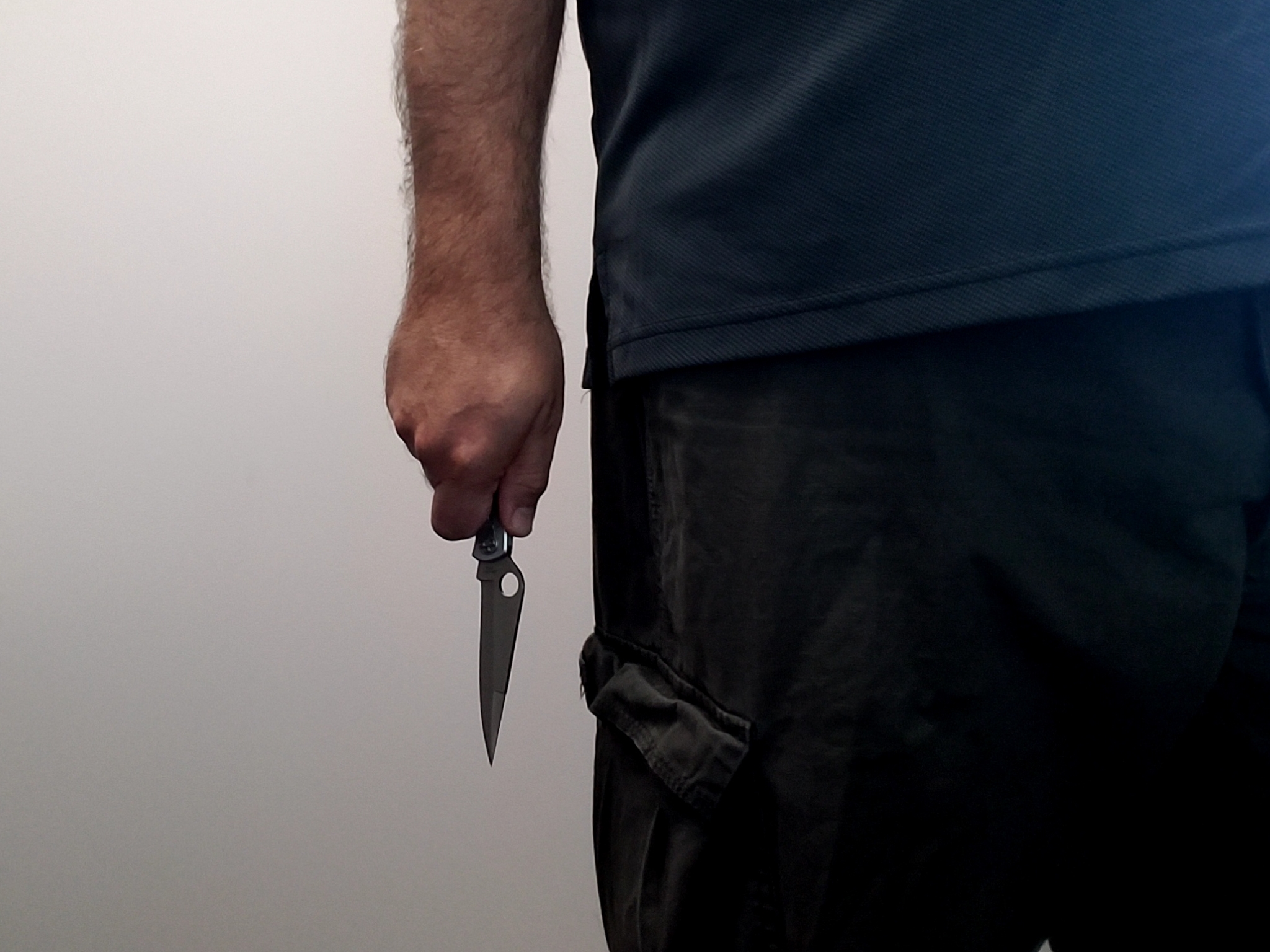
A funny thing happens when you become complacent in your training — when you believe that what you are doing is THE answer and everyone else is wrong. It’s the difference between worshiping a velvet painting of Bruce Lee and actually adopting Bruce Lee’s training philosophy. Live too long in an ideological hug box, dwell too long in a training echo chamber, and you eventually become one of three guys.
In the first case, you become this guy: MMA guy who thinks a blue belt in Brazilian JuJitsu beats a year of training with a deadly weapon.
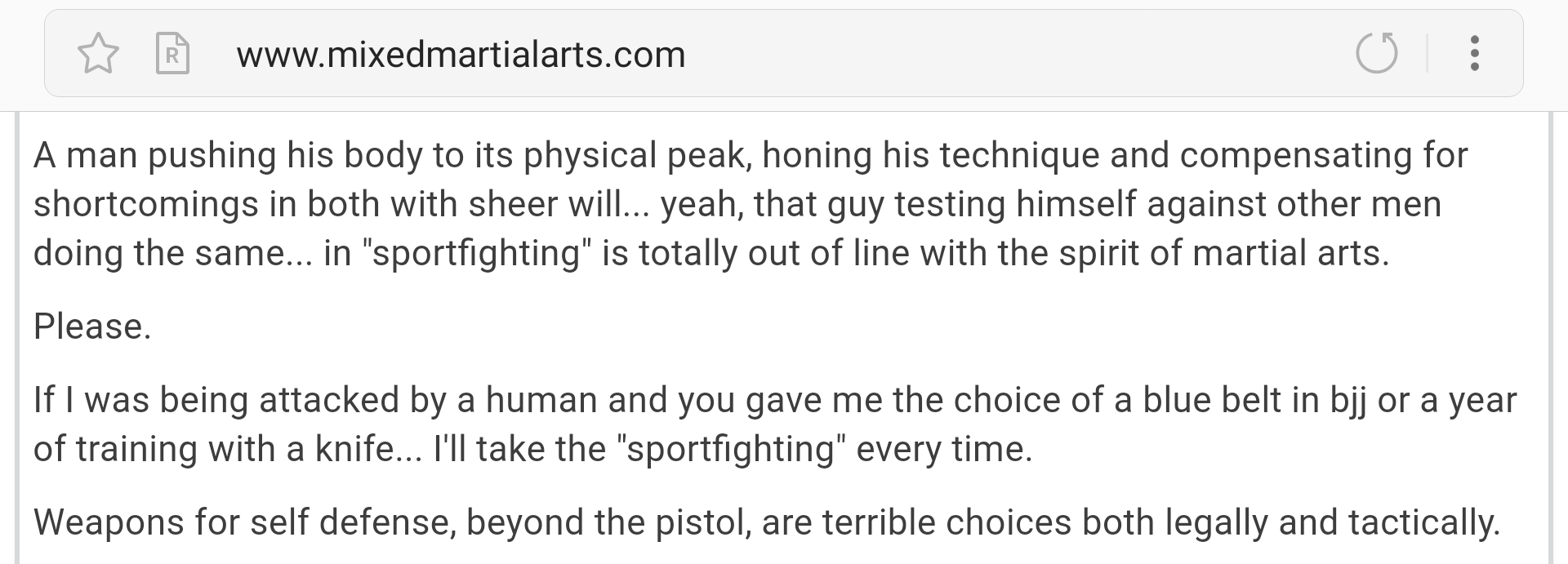
At the other end of the spectrum, opposite MMA guy, is Elmer Fudd. Fudds are those old guys who think they don’t need to study any method of self-defense or unarmed combatives because, why, they own guns. They practice the venerated martial art of cha-chink, where cha-chink is the sound of a slide being pulled back to chamber a round. They don’t need none of that chop-suey nonsense, no sir; they’ll just shoot you.
Until they walk into a bank. Or a Federal building. Or a baseball stadium. Or across state lines.
In fact, a lot of these guys refuse to travel to any locale where they can’t have their precious firearms. Buddy, if that’s all you’ve got, you’re doomed to be no bigger than the size of the gun in your waistband. That’s simply no way to live. You’ve got to train to fight without a weapon, to fight to your weapon, or to fight in any of multiple adverse scenarios when your woefully inadequate plan of “I’ll just shoot him” doesn’t work out.
The third guy is No-Touch Knockout Traditional Martial Arts Guy. This guy is the polar opposite of sportfighting MMA mainstreamers; he’s the guy who has spent years training in a system that is utterly theoretical, totally unworkable, and therefore useless. Then, too, there are people practicing in fraudulent systems — martial arts concocted by charlatans who have fabricated their credentials, their histories, or even the histories of the system itself. These are people who usually have no idea what they are doing but, more importantly, they are people who are actively lying to you.
The MMA guys don’t see a difference between a legitimate martial artist practicing in earnest (whose system may not be effective) and a fraudster who is actively practicing deceit. Both are “fake” and therefore illegitimate in the mind of the sports guy, who believes only he knows how to “fight.” There is, even accepting the sports guy’s definitions of the arts involved, a very real difference in intent between the earnest artist and the malicious fraud.
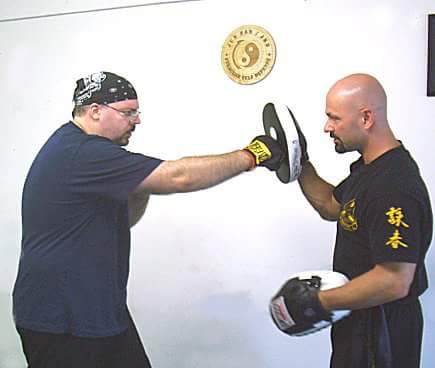
What’s my point? It’s funny, looking back on years of writing on the topic, to ponder opinions I held fifteen years past. My position on this specific debate, my opinion on sportfighting versus reality based self-defense, has softened somewhat over the years. It has not, however, changed materially.
Mixed Martial Arts are great. Combat sports are great. They’re fun, they’re exciting, they’re challenging… and they require a level of physical acumen that many people do not and will not possess. This means they are not, primarily, self-defense training, nor even the best way to teach the average person to defend himself.
No- and low-contact traditional martial arts are also not the way. Reality Based “too-deadly-to-spar” systems afford a false sense of security that is every bit as bad as sports or TMA theorizing. The only way to truly prepare yourself for self-defense is to embrace, not someone’s definition of reality, but actual, practical realism. This means realistic levels of contact, realistic levels of resistance, a healthy degree of “aliveness” and unpredictability in training… all balanced against the safety and physical capacities of the student.
Done correctly, this is not actually fighting. Fighting, as most often invoked, is a mutual duel between two people; it is a give and take, an exchange. MMA bouts are fighting. Boxing matches are fighting. Two guys wildly throwing punches “on da streetz” are fighting with each other.
Self-defense, by contrast, is fighting unfairly, which is why that slogan has been the tag of this e-zine since its inception. It is seeking every advantage. It is preparing in every way possible to be hard to kill while learning to deliver asymmetrical, decisive force. It is applying awareness and strategy to avoid fighting whenever possible. Its goal is not to win, but rather not to fight, or to fight as little as possible. Its practitioners, when they must use force, do so as viciously as they can in order to escape. This is very different from “fighting,” even though MMA competition and combat sports can offer us so much as a component of self-defense training.
So, do I know how to fight? No, I don’t suppose I do. But I know how to defend myself. Much more importantly, I don’t want you to fight. I want you, instead, to be successful in self-defense.
That’s really all that matters.
Wise and thoughtful contemplations Phil.As I read this I found myself saying,This is exactly how I feel.Loved UFC from the beginning. Still follow but not as much as when Randy Coture, Chuck Liddel,Matt Hughes, etc.were the big names.I have no desire to enter a ring anytime soon and probably not even in my early twenties would I fare well. Took Tae Kwon Do, Shaolin Kung Fu,Akido off and on for several years.Always walking away feeling I had never really learned much about how to defend myself.No slam on these arts but lacked reasonable self defense instruction,IMO.Old friend introduced me to FMA based instruction and finally began to put the pieces together regarding what might work in the street.Again, no real desire to test what I have learned given the range of possible consequences.However, I am grateful to find study that would most likely afford effective options in the case that I need it.Do not feel the need to train close to the edge of injury or death to MAKE SURE this stuff works,in my late 50’s now.Currently appreciate the art and science of a practice that gives me a reasonable shot at walkig away or quickly ending a bad scene. Thanks!
I’d say for the average person something like krav maga (jack of all trades, master of none, self-defense orientated) is the way to go. At least when the instructor is competent, which isn’t garanteed these days. If the training is too easy or laid back get out since you’re not learning proper SD.
Will this keep them safe against all threats? Probably not but that’s not a realistic goal. Even the greatest expert can be killed by a hidden assailant with a weapon, especially a gun. No-one is untouchable, something big ego’s easily forget.
I fully agree a combination of sports and self-defense approaches work best. Even an MMA-fighter’s training is deficient from a SD perspective (no weapons, too much focus on a single opponent, a lot of emphasis on grappling) but so is a SD system that doesn’t incorporate sports training methods.
When training MMA for competition or fun you should add some weapons/anti-weapons training and know about awareness, the law, psychology of conflict and crime etcetera. When training SD you need to test your physical fitness and spirit by sparring in boxing, kickboxing… at least once in a while. If only to avoid false confidence in your abilities and surprise when the opponent doesn’t react the way your partner did in training. It always amuses me to see people demonstrating all kinds of stuff while they have no clue what to do when it fails. In truth you should assume it’ll fail and act accordingly: which is why boxers and kickboxers always zone away from the opponent after throwing a combo. If it worked and he’s out cold great but if it didn’t you don’t want to be in the path of the return fire.
In closing I’d like to remark cross-training is great (aslong as it’s done properly and doesn’t consist of hopping from one system to the next without having learned anything) and the end goal should always be to find what works for you as an individual. Forget what anybody else thinks or how great it worked for them: if it doesn’t for you discard it and for heaven’s sake don’t just copy what others do without reflecting about it.
Exceptionally well written article on the best ways to bring both worlds together. bravo sir!